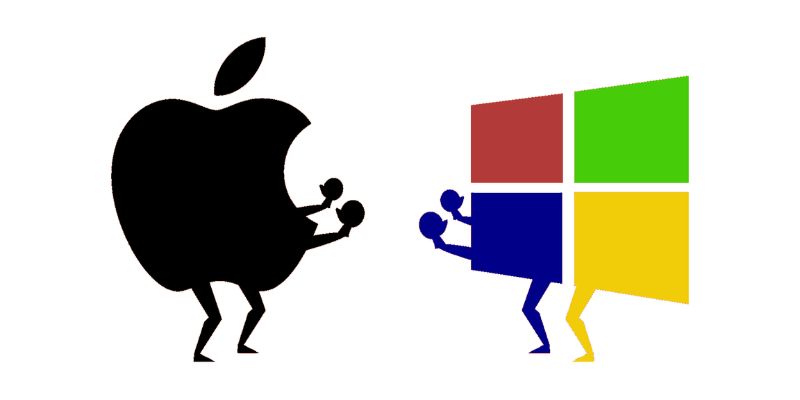Put Dividends to Work in Your Portfolio
Jul 30, 2023 By Rick Novak
When understanding what your money can do for you, dividends are among the most important concepts. Dividends provide a reliable source of income that allows you to grow your portfolio and increase returns.
By effectively investing in dividend-paying stocks, mutual funds, or exchange-traded funds (ETFs), investors can reduce risk while enjoying ongoing distributions from their investments.
In this blog post, we'll explore why dividends are an integral part of successful portfolio management and show how they can help boost overall return on investment over time and the potential pitfalls of relying too heavily on them.
What are Dividends

Dividends are a type of payment made by companies to their shareholders. They represent a return on investment in cash or additional shares. Dividends are usually paid out every quarter and can be used to supplement income, reinvest into the company, or fund other investments.
They are a way for companies to reward their shareholders for investing in them. Investors who receive dividends benefit from regular income and the potential for capital growth.
Companies decide how much they will pay out, but it's usually based on their profits or cash flow. Dividends may also be affected by market forces such as supply and demand.
Dividends can be a great source of passive income that can help investors increase their returns over time. They are often one of the main reasons people invest in stocks and mutual funds, so it's important to understand the basics of dividend payments before making investment decisions.
With proper research and analysis, dividends can provide a steady income stream and help you reach your financial goals faster.
Together Again: Microsoft and Apple

Apple and Microsoft have had a long, tumultuous relationship that has seen them go from rivals to allies and back again. From the beginnings of the personal computer revolution in the 1980s to today's cloud computing landscape, they have been two of the most powerful forces in the tech industry.
The story of Apple and Microsoft has been one of rivalry and competition but also cooperation and collaboration. In 1997, Apple was on the brink of bankruptcy, largely due to mismanagement under then-CEO Gil Amelio.
Then, Steve Jobs returned as interim CEO and struck a deal with Bill Gates for $150 million worth of investment in Apple and technical assistance from Microsoft Office. This transaction helped save Apple from ruin when it seemed impossible.
Since then, the two companies have partnered on several projects, including developing iTunes for Windows in 2003 and integrating Microsoft Office 365 into Apple devices in 2016. Recently, Apple and Microsoft were announced as official partners in cloud computing with their Azure-Apple partnership.
This deal will enable both companies to share technology, resources, and access to customer data while allowing them to benefit from each other's strengths.
The collaboration between these two tech giants is seen as a step towards furthering innovation and industry growth. As more businesses rely on digital solutions for their operations, partnerships like this one between Apple and Microsoft will become increasingly important.
They can create products that maximize customer value and ensure their respective technologies are compatible by working together.
The relationship between Apple and Microsoft may have had its ups and downs, but it is now clear that they need each other to remain competitive in the market. Together, they can create a digital future for everyone to enjoy.
Dividends Won't Mislead You
When making sound financial decisions, dividends play an important role. Dividends are a reliable source of income that can help boost investment returns and provide a much-needed safety net in volatile markets.
Unlike other investment strategies, dividend investing ensures consistent payments regardless of market conditions—and by choosing stocks with high dividend yields, investors can maximize their return potential.
Dividend income is also relatively stable compared to other forms of investment income because companies usually pay the same amount every quarter or year. This predictability makes it easier for investors to plan and manage their investments accordingly.
Furthermore, dividends may act as a signal from the company that its current stock price is undervalued, offering you the opportunity for a profitable investment.
Finally, dividends indicate financial health, as they are typically only paid out when the company is doing well. As such, dividend-paying stocks may be seen as less risky investments than non-dividend-paying stocks.
With these factors combined, investing in dividend-paying securities can provide a steady and reliable source of income that won't mislead you into making poor decisions.
Who Determines Dividend Policy
The company's board of directors ultimately determines the dividend policy. This includes how much to pay out, when to declare dividends, and who is eligible for them (usually shareholders). Dividend payments are usually given once or twice a year in cash but can also be issued as stocks or other securities.
How Stocks That Pay Dividends Resemble Bonds
Stocks that pay dividends can be considered similar to bonds in income-generating capacity. When you purchase a dividend-paying stock, you essentially agree to invest in a company and receive payments from them for your investment.
This is similar to when you buy a bond: you agree with the issuer (in this case, the company) that they will pay regular interest payments at pre-determined intervals. Both stocks and bonds enable investors to earn passive income through regular distributions.
The main difference between stocks and bonds is that investors assume more risk than bondholders when investing in stocks. The price of a stock can fluctuate wildly depending on market conditions and the company's success, while bond prices tend to remain more stable.
It is important to understand both stocks and bonds when investing, as they provide different levels of risk and opportunity for return. But in terms of providing passive income through regular distributions, stocks that pay dividends can be considered a hybrid between stocks and bonds.
Ultimately, investors should weigh their options carefully before deciding which type of security to invest in. Dividend-paying stocks offer an attractive option for those seeking passive income with relative safety compared to other investments.
Know the Risks
While investing in dividend-paying stocks can provide a steady source of income, there are also risks associated with this type of investment.
The main risk is that dividends may need to be more sustainable over the long term. Companies may offer high dividend yields but stop paying out at any time due to economic hardship or other factors. Investors should always research a company's financial health and past performance before investing in their stock.
In addition, some companies pay unsustainable dividends far exceeding the amounts they bring in as profits. This means that while the company seems profitable on paper, it may only be able to sustain its payments for a short time - putting investors at risk if they rely solely on dividend income.
Finally, there is no guarantee that the company's stock price will remain steady or increase over time. The stock market can be unpredictable, so investors should always diversify their portfolios to guard against potential losses.
FAQs
Should I add dividend stocks to my portfolio?
It depends on your overall investment goals. Dividend stocks can provide a steady source of income that is relatively low-risk, but there are also risks associated with investing in any stock.
What is the difference between dividend stocks and bonds?
The main difference is that when you invest in a bond, you're lending money to the issuer, while when you buy a dividend-paying stock, you become part-owner of the company. Additionally, stock prices tend to be more volatile than bond prices.
Are dividends taxable?
Yes, dividends are taxable. The amount of tax owed will depend on your situation and the type of dividend you receive.
Conclusion
Dividends are distributions made by companies to stockholders and represent a portion of the company's earnings. Microsoft and Apple's return to paying dividends is good news for those who own their stock and will likely encourage other large corporations. Dividends increase investors' protection against bad trends, provide more income than bond yields, and, while providing diversification, cannot be compared directly with bond investments.








